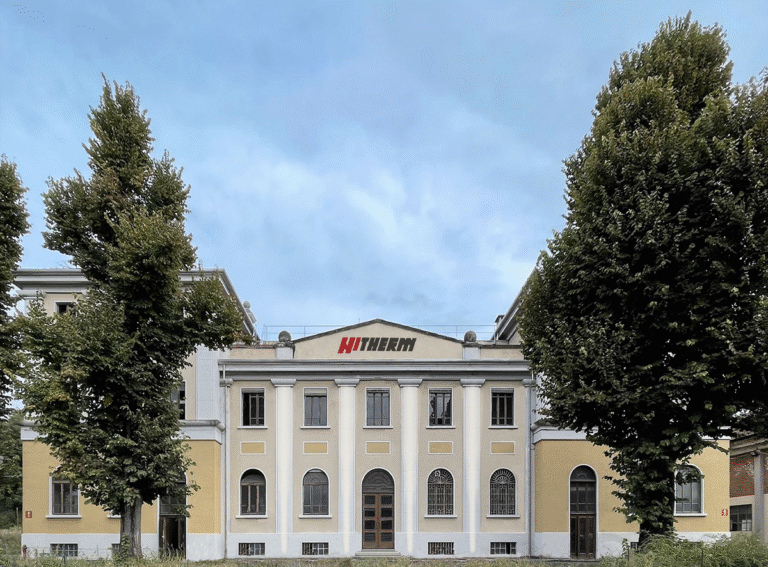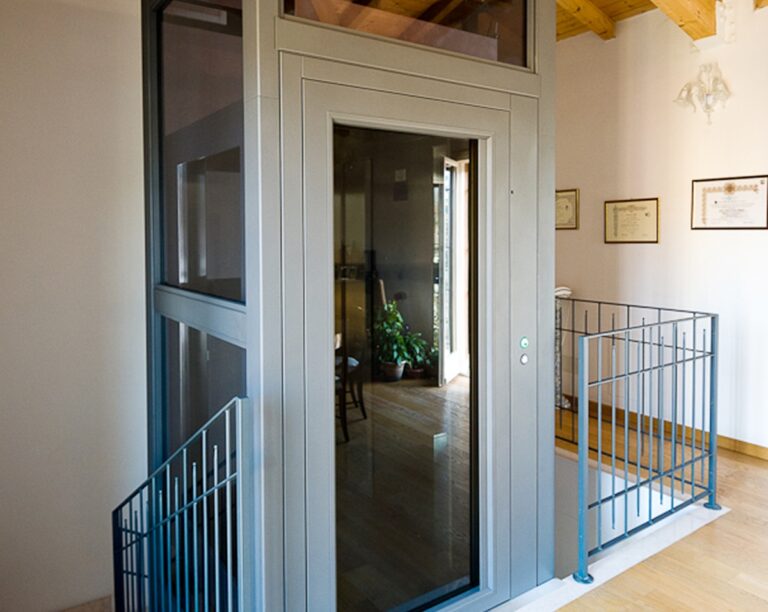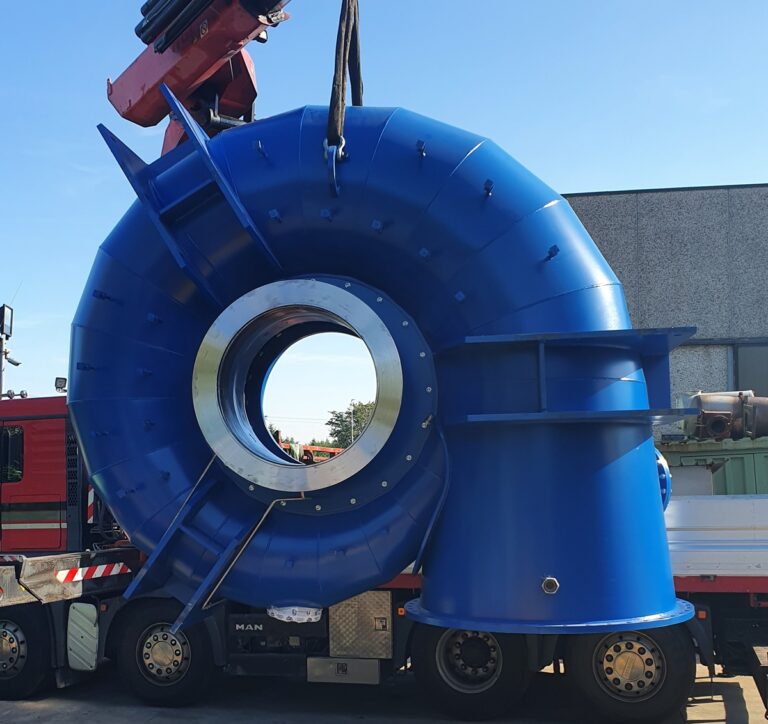Wind energy is a key component of the renewable mix that many countries are adopting to move away from fossil fuels. However, to maximize output, wind turbines have grown larger, necessitating large-scale installations far from urban centers.
Consequently, several startups are exploring more compact wind technologies. Now, there’s a new solution that is quite intriguing: it’s called Wind Fence. This system consists of modular fences of small vertical wind turbines.
Developed over two years of research and wind tunnel testing, it aims to combine efficiency, quiet operation, and aesthetic appeal to encourage the widespread adoption of wind energy in urban settings.
Table of Contents
The challenge of urban wind energy
Let’s start with a fact: wind energy is a rapidly growing sector globally, with installed capacity exceeding 743 GW in 2021. However, most of these installations are located in rural or offshore areas, far from consumption centers.
The reason is straightforward: to maximize efficiency, wind turbines have become increasingly larger, with blades that can exceed 100 meters in length. These dimensions are frankly incompatible with the confined spaces and landscapes of urban areas.
So, how can we bring wind energy into cities, closer to where it is used, and reduce transmission losses? According to New Yorker Joe Doucet, the answer lies in vertical axis wind turbines (VAWTs): they are more compact, less intrusive, and suitable for harnessing the multidirectional winds typical of urban environments.
However, VAWTs proposed so far have faced limitations in efficiency, noise, and visual impact, which have hindered their adoption. This is why Doucet decided to roll up his sleeves and find a solution.
What are wind fences
The first step was identifying the optimal shape for the blades of the mini turbines. After testing 16 different configurations in the wind tunnel, Doucet and his team concluded that the helical structure was the most efficient.
The second key aspect was architectural and landscape integration. Instead of proposing isolated single turbines, Doucet envisioned modular fences composed of multiple units placed side by side.
This solution allows for increased installed power without sacrificing the aesthetics and functionality of the “fence” element.
Wind fences: performance and prospects
The crucial question: how much energy can Wind Fence units actually generate? According to data released by Airiva, a single unit with eight optimally arranged helical blades can produce up to 2,200 kWh annually.
While this is significant, it is not enough to meet the needs of an average household, which would require at least five units, but it can effectively contribute to the energy mix.
However, I don’t see Wind Fence as particularly suited for the residential market; it seems more appropriate for commercial and institutional markets. With larger surfaces to “fence,” the advantages would be more significant, using (according to the company) up to 80% recycled materials.
The first orders are expected next year, giving Airiva more time to further optimize the design and materials.
Will we really see these wind fences in the future?
Beyond the technical and commercial specifics, Wind Fence has the merit of envisioning a future where wind energy is not confined to remote rural areas or offshore platforms but becomes an integral part of the urban landscape.
A future where cities are not just centers of consumption but also producers of clean and renewable energy.
In some way, with the proliferation of such attempts, a new wind will blow through the skyscrapers of our cities. We just need to decide how we want to harness it.
Read also: Will the North Sea become the world’s leading wind power hub?












